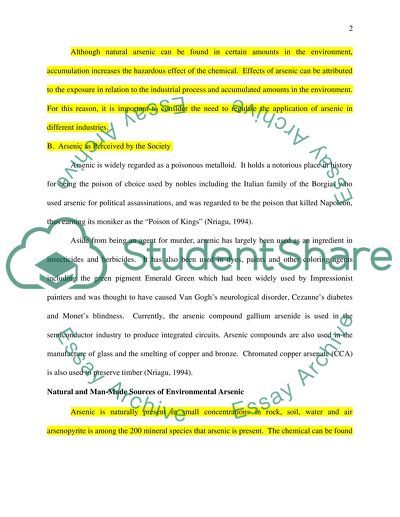Cite this document
(“Arsenic: Sources, Transport and Distribution, and Health Effects Term Paper”, n.d.)
Arsenic: Sources, Transport and Distribution, and Health Effects Term Paper. Retrieved from https://studentshare.org/chemistry/1511044-arsenic-essay
Arsenic: Sources, Transport and Distribution, and Health Effects Term Paper. Retrieved from https://studentshare.org/chemistry/1511044-arsenic-essay
(Arsenic: Sources, Transport and Distribution, and Health Effects Term Paper)
Arsenic: Sources, Transport and Distribution, and Health Effects Term Paper. https://studentshare.org/chemistry/1511044-arsenic-essay.
Arsenic: Sources, Transport and Distribution, and Health Effects Term Paper. https://studentshare.org/chemistry/1511044-arsenic-essay.
“Arsenic: Sources, Transport and Distribution, and Health Effects Term Paper”, n.d. https://studentshare.org/chemistry/1511044-arsenic-essay.


